Among the countless figures who shaped the destiny of Rome, few stand as prominently as Caius Marius. A man of humble beginnings, a master strategist, and a consummate politician, Marius did not merely command armies—he redefined them. His reforms at the end of the 2nd century BCE transformed the Roman legions from a levy of land-owning farmers into a professional military machine. Through these changes, he laid the foundations of Rome’s future conquests, but also, paradoxically, sowed the seeds of the Republic’s eventual collapse into autocracy.
This article explores in depth the life and military innovations of Caius Marius, focusing especially on his army reforms of 107 BCE, his seven consulships, and his victories against the Cimbri and Teutones. We will examine how his decision to recruit Rome’s poorest citizens and turn them into what later critics called “Marius’ Mules” marked a revolutionary step in world military history. Finally, we will analyze the long-term implications of his overhaul of recruitment, training, and battlefield organization.
Background: Rome Before Marius
The Mid-Republican Military System
Before the late 2nd century BCE, the Roman Republic’s military functioned on the assumption of citizen-farmers. Every adult male landowner was expected to serve when called upon. The army, therefore, was not a profession but a duty—a seasonal obligation interrupting agricultural life. Soldiers were required to purchase their own arms and armor, which varied according to wealth. The richer classes appeared in heavier armor, while poorer citizens were often excluded from fighting on the frontlines.
This system worked well during the early and middle Republic, when wars were fought against neighboring Italian states or occasional distant adversaries. Campaigns were seasonal, lasting only a few months before men returned to harvest their fields. However, Rome’s expanding empire by the 2nd century BCE strained the old formula.
The Crisis of the Late 2nd Century BCE
By 120 BCE, the Republic faced serious pressures:
- Increasingly long foreign wars meant men were taken away from their land for years, leading to abandonment of farms.
- The poor, without property, could not legally serve in the army, depriving Rome of manpower.
- Territories on the frontiers demanded permanent garrisons, not temporary militias.
- The defeats suffered by Roman forces in the 110s and 100s BCE against Jugurtha in North Africa and the migrating Celtic tribes in Gaul exposed the weaknesses of the old system.
Rome needed a general with vision—someone who could break with tradition.
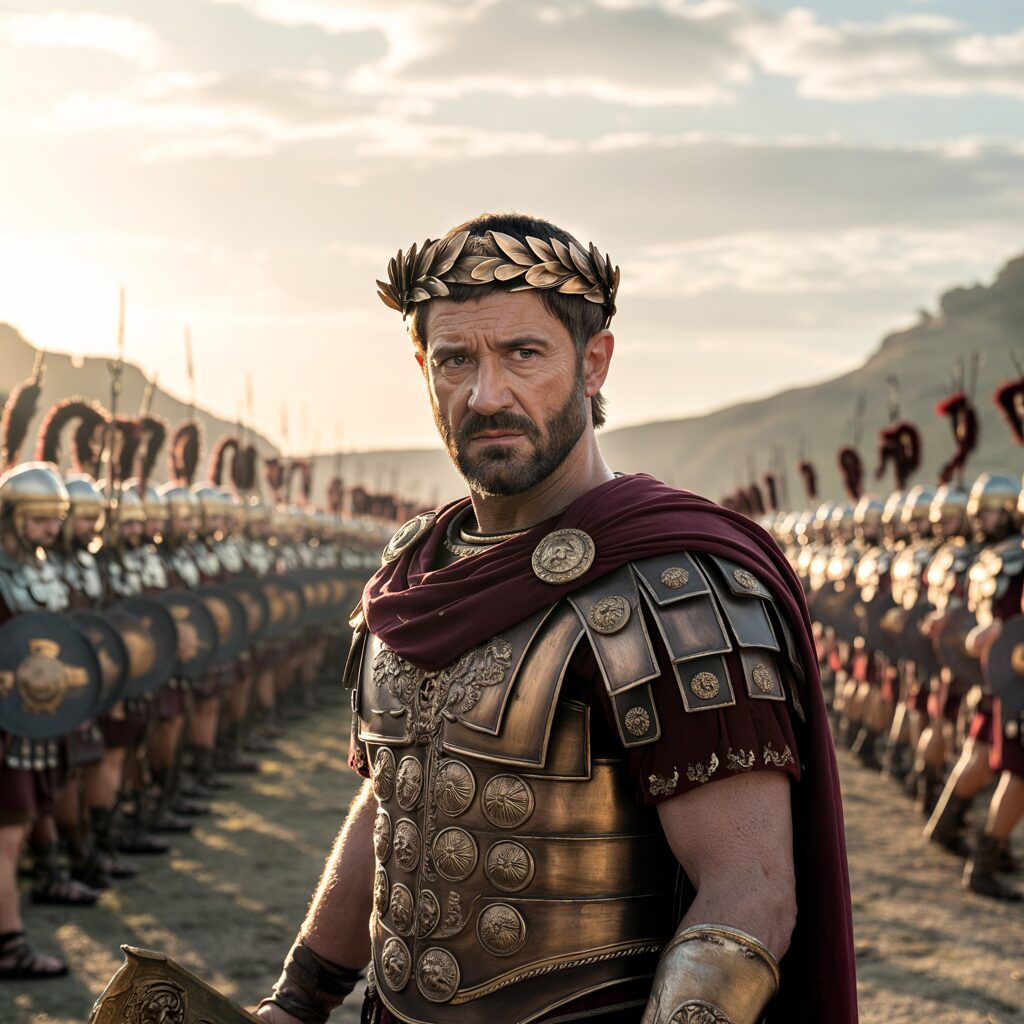
The Rise of Caius Marius
Humble Origins
Caius Marius was born around 157 BCE in the town of Arpinum, a municipium of Rome but not the city itself. This made him a “novus homo”—a “new man” with no ancestors in the Senate. For much of Roman history, political leadership was dominated by aristocratic families, but Marius challenged this order.
His background gave him a pragmatic, results-oriented outlook. Unlike patrician commanders who inherited prestige, Marius had to prove himself on the battlefield and in the Senate.
Early Career and First Successes
Rising through the cursus honorum, Marius distinguished himself in military service under Scipio Aemilianus during the siege of Numantia in Spain. His courage and discipline, rather than birth, brought him attention. By 119 BCE, he reached the office of tribune of the plebs, and soon thereafter praetor. Ambition pushed him further still.
His marriage to Julia, an aunt of the young Gaius Julius Caesar, tied him by family to one of the oldest Roman lineages. Yet his true base of support was not aristocratic patronage, but his military leadership and popularity among common citizens.
The Jugurthine War
Rome’s war in Numidia against King Jugurtha became the stage for Marius’ first great achievement. Initially serving under Q. Caecilius Metellus, Marius complained of the slow pace of his commander and successfully gained independent command. In 107 BCE, he defeated Jugurtha with the aid of his quaestor, Lucius Cornelius Sulla. This victory catapulted him into fame, but more importantly, provided the context for his reforms. To fight Jugurtha effectively, Marius needed more soldiers than the traditional recruitment systems could provide. Thus was born the Marian army.
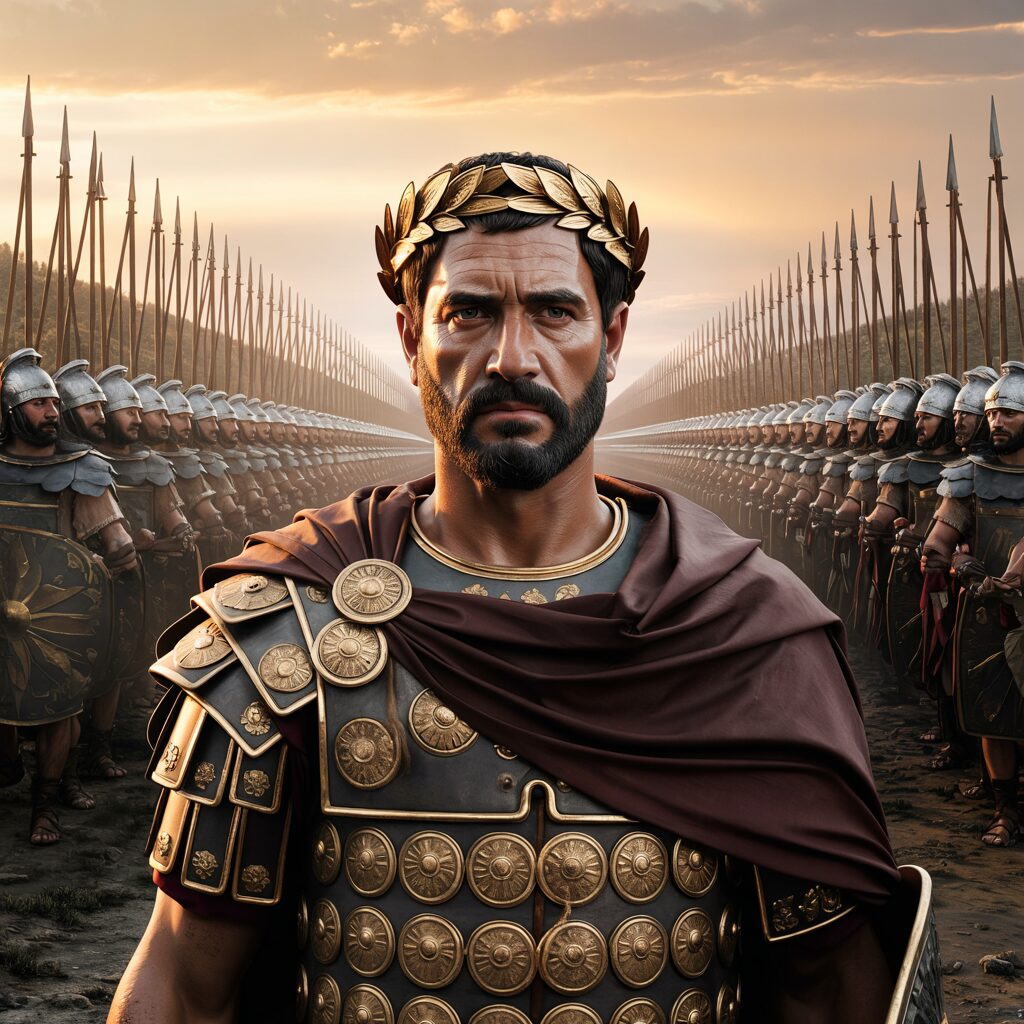
The Marian Reforms: Professionalizing the Army
Opening the Army to the Poor
The most revolutionary element of Marius’ reforms was the recruitment of the capite censi—the “head count,” or Rome’s poorest citizens who owned no land. Previously excluded from service, these men now became eligible. Rome effectively created a standing professional army, willing to enlist poor men for long terms of service.
This was transformative. For the first time, the Republic’s legions were not temporary levies of small farmers but large formations of career soldiers. Service now provided food, training, pay, and the hope of plunder or land grants after discharge. Soldiers no longer returned to abandoned farms but depended on their generals for future security.
The “Mules of Marius”
To instill discipline and reduce reliance on slow supply trains, Marius required each soldier to carry his own gear, including rations, cooking utensils, and personal equipment. Critics nicknamed his legions “Marius’ Mules.” What sounded like ridicule was in fact praise: Roman soldiers became self-sufficient, mobile, and resilient. This logistical innovation allowed legions to maneuver rapidly and campaign for longer periods.
Standardization of Equipment
Marius also standardized weapons and armor. Every soldier was issued the gladius (short sword) and the pilum (throwing spear). The pilum in particular was redesigned to bend upon impact, preventing enemies from throwing it back. Uniformity of arms meant that every soldier could be replaced in formation, and training became easier.
Cohorts over Manipular Formation
Previously, Roman legions were organized into maniples, flexible units of about 120 men. Marius introduced the cohort—a larger block of roughly 480 men commanded as one. This simplified battlefield tactics and improved coordination. Ten cohorts now formed a legion. The reorganization marked a decisive structural improvement that endured into the imperial era.
The Creation of the Eagle Standard
Marius made the aquila (eagle) the single standard of the legion, replacing other symbols. This unified the identity of the soldiers around a single emblem, creating fierce loyalty to their unit. The eagle became sacred, and the legion’s honor depended on its protection.
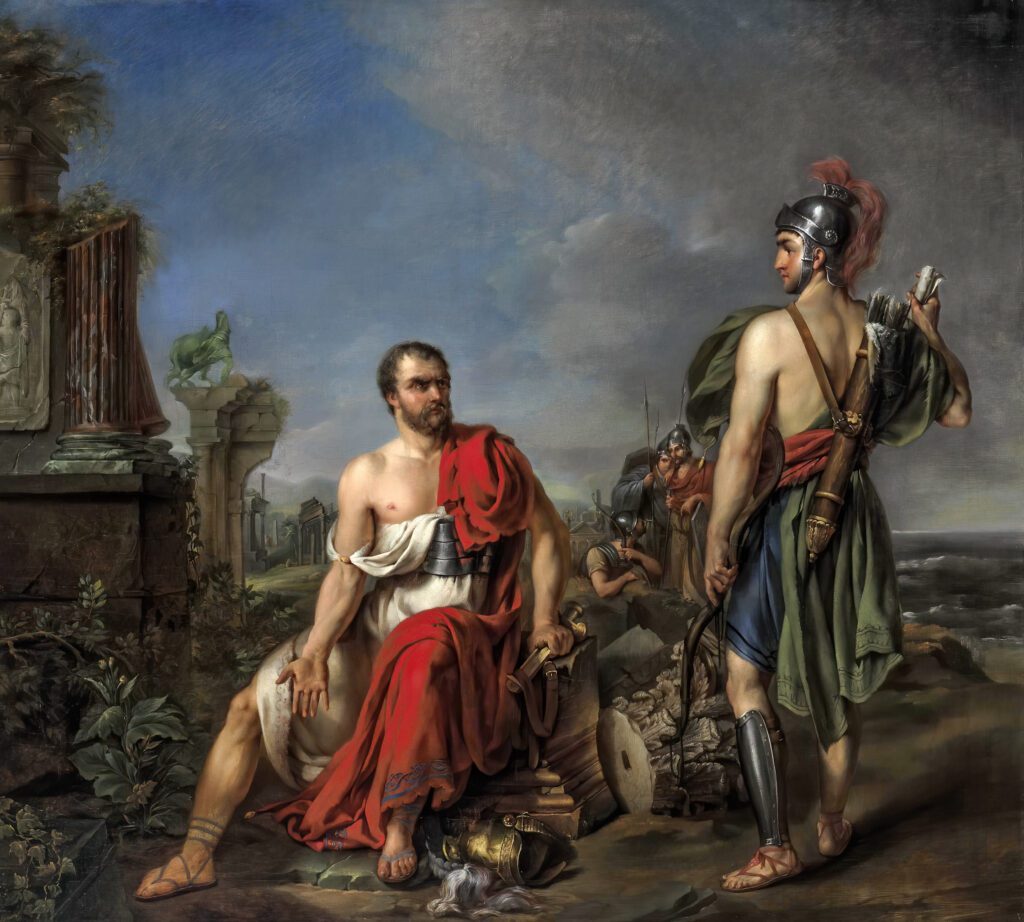
The Seven Consulships of Marius
An Unprecedented Achievement
Marius holds the record of being elected consul seven times—an unprecedented break with republican norms that restricted re-election. His repeated military successes and the desperation of Rome for effective leadership justified the breaches of tradition. Each consulship corresponded with moments of existential crisis.
Facing the Cimbri and Teutones
In the late 2nd century BCE, two migrating tribes—the Cimbri and the Teutones—swept through Europe, annihilating several Roman armies. Panic spread in Rome. Marius was repeatedly entrusted with command, and his armies destroyed these northern invaders in consecutive campaigns between 102 and 101 BCE.
His victories at Aquae Sextiae (102 BCE) against the Teutones and at Vercellae (101 BCE) against the Cimbri secured his reputation as Rome’s savior. At these battles, the new Marian legions proved their worth.
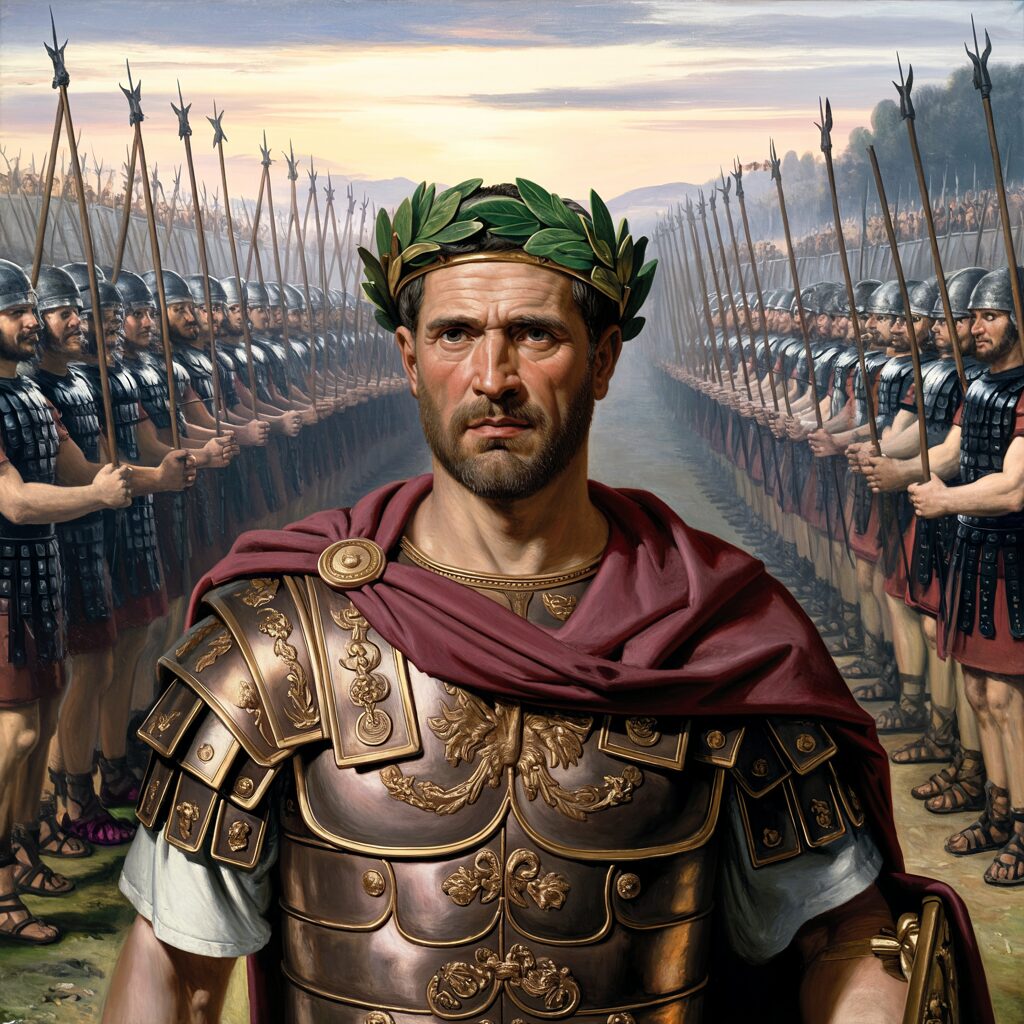
Why the Marian Reforms Were Revolutionary
Long-Term Effects on Roman Society
By professionalizing the army, Marius gave thousands of poor men a livelihood and Roman citizenship upon discharge. This broadened the base of Roman manpower and accelerated the Romanization of conquered territories.
Shift in Soldier Loyalty
However, the reforms also had unintended consequences. Soldiers began to look not to the Senate or state, but to their general for rewards. Marius had created legions loyal to their commanders rather than the Republic. This dynamic enabled later figures like Sulla, Pompey, and Julius Caesar to march on Rome itself.
A Step Toward Empire
Without Marius’ reforms, the future imperial army of Augustus and his successors would not have existed in its enduring professional form. Rome’s long-term imperial domination was built on Marian foundations—even if the Republic itself did not survive.
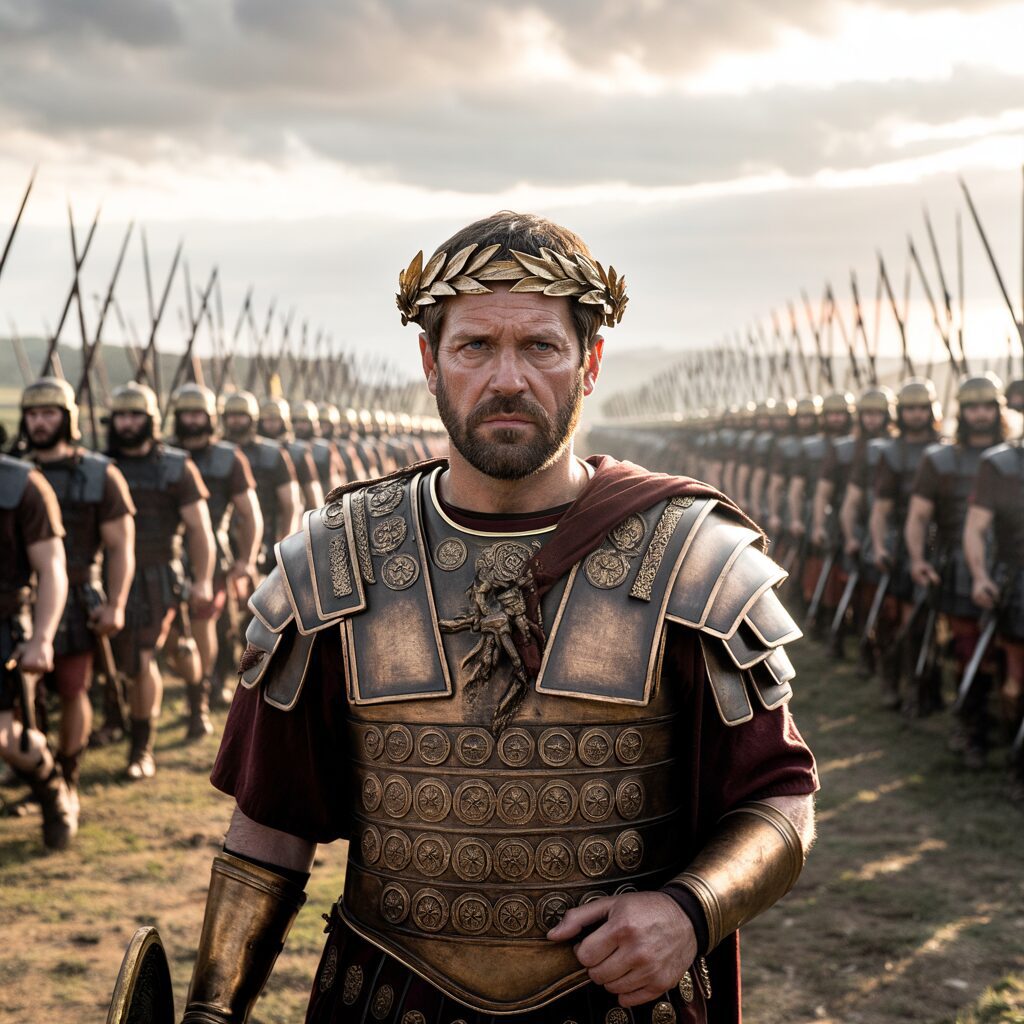
Military Innovations in Detail
Recruitment of the Proletarii
Opening recruitment to the poorest classes was both a manpower solution and a social breakthrough. It allowed Rome to harness an underutilized demographic while giving thousands of men a path out of poverty. Yet it also created a dependent class of career soldiers whose interests diverged from Rome’s traditional citizen-farmers.
The Pilum and Gladius
Weapons standardization cannot be overstated. The pilum was a deadly tool of shock and disruption, while the gladius allowed close-quarter killing. Together, they symbolized Roman adaptability. Marius ensured every legionary could fight with the same tools, ensuring cohesion.
The Cohort Formation
The cohort system simplified command and deployability. Unlike maniples, cohorts operated effectively in larger groups, making movement more straightforward on the expanding battlefields Rome fought upon.
Logistics and Endurance
The “mules of Marius” carried grain mills, cooking pots, tents, and personal kits—enabling legions to be operational without massive baggage trains. Rome’s enemies often relied on supply lines vulnerable to disruption, but Marian legions marched freely through harsh terrain. This remains one of his most important contributions.
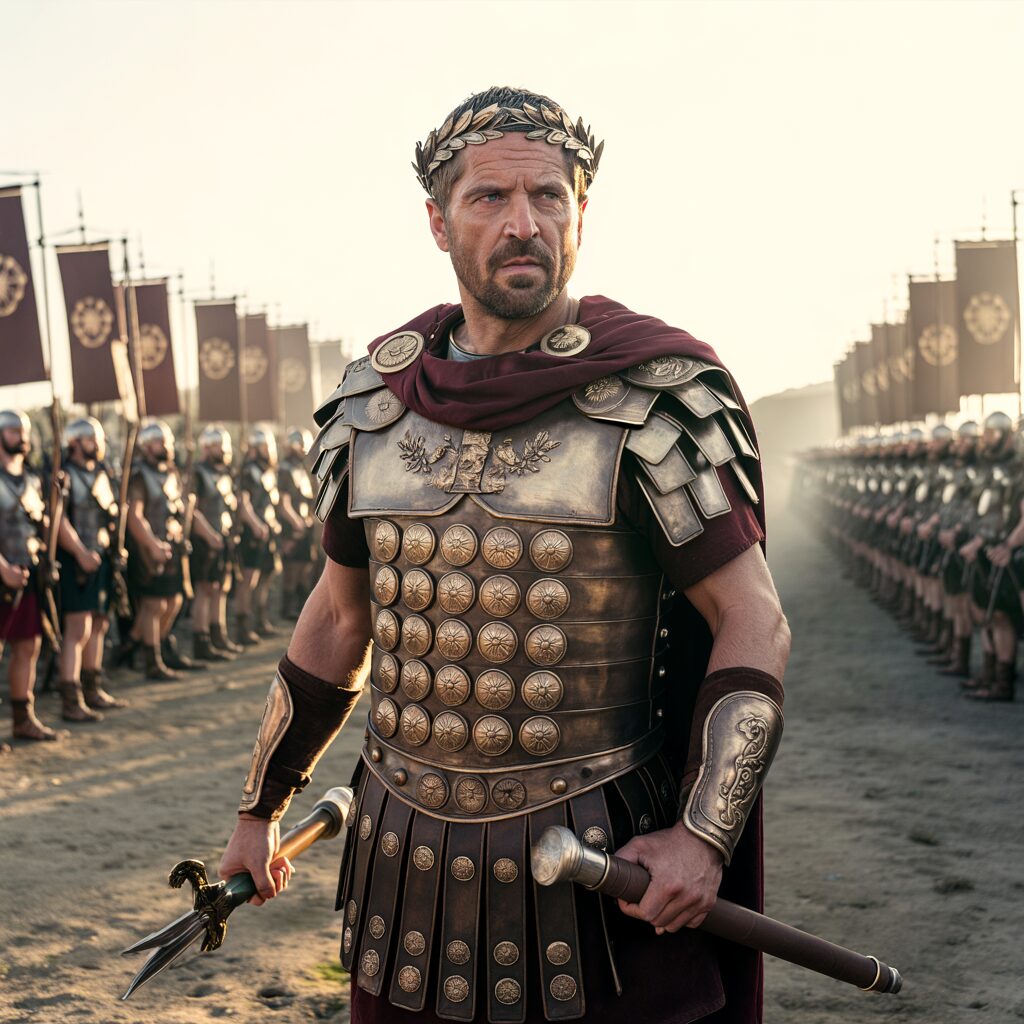
Political Consequences
Marius’ repeated consulships and reliance on military support marked a decline in Republican norms. His rivalry with Sulla eventually erupted into civil war. Both men, ironically, used armies raised through Marian reforms to march on Rome itself.
Thus, Marius not only revolutionized the army but altered the relationship between military and politics. The Republic was never the same.
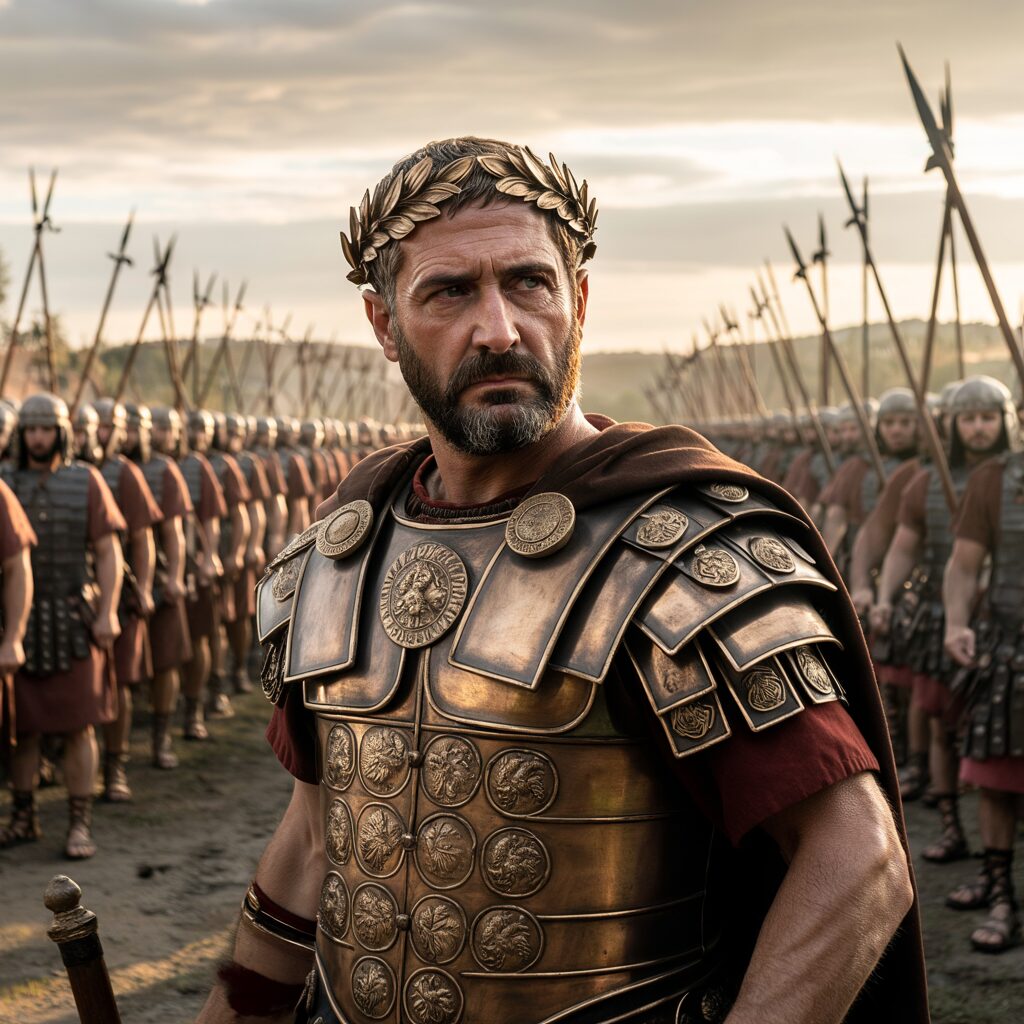
Legacy of Caius Marius
Military Legacy
Marius can rightly be called the father of the professional Roman army. His reforms shaped the structure of legions for centuries. The cohort system, standardized weapons, supply methods, and eagle standards persisted through the Empire.
Political Legacy
While hailed as Rome’s savior, Marius also accelerated the Republic’s erosion. His model of charismatic generals commanding loyal armies made figures like Caesar possible, and by extension, the Roman Empire.
Historical Judgment
To some, Marius appears a hero who saved Rome from foreign invasion. To others, his reforms destabilized the Republic by creating armies loyal to men, not institutions. Both are correct. He was a man ahead of his time—visionary, ambitious, and deadly.
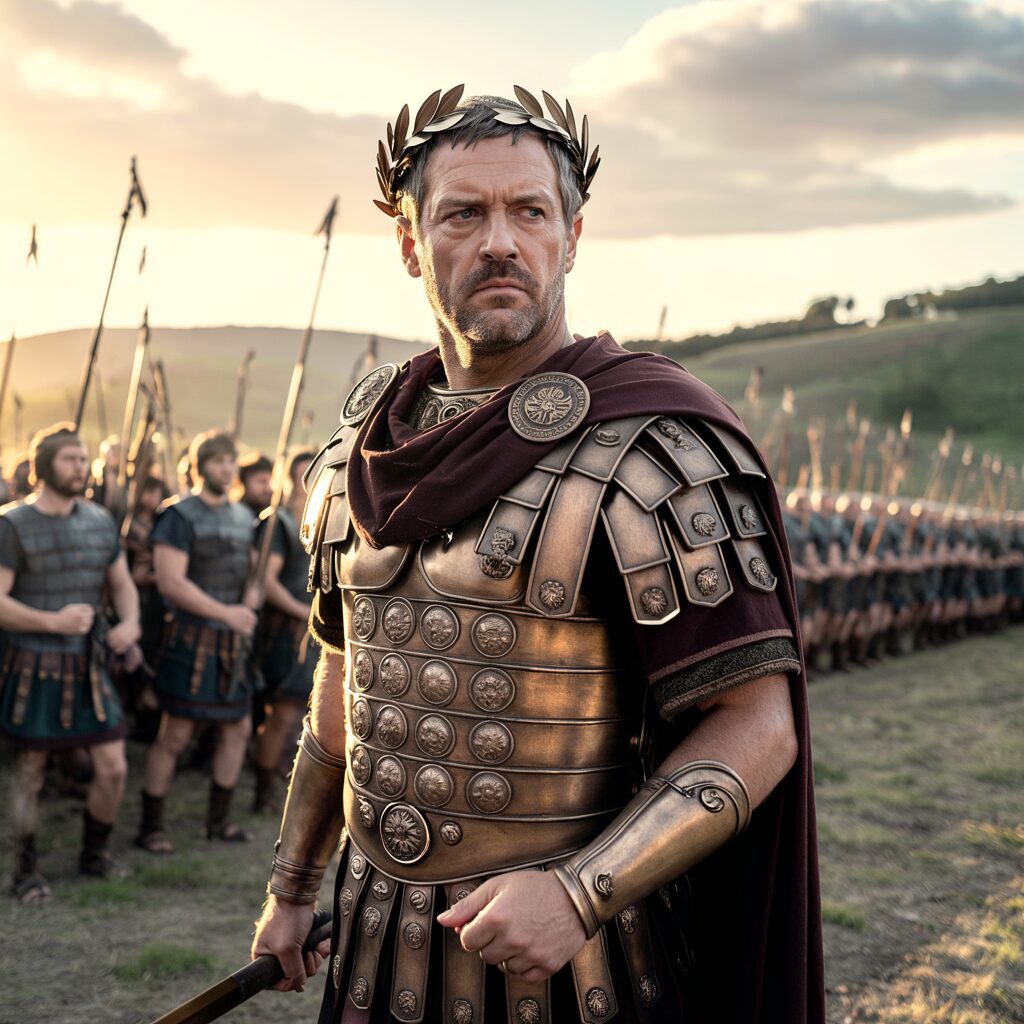
Conclusion: Peasants into War Machines
Caius Marius’ genius was not simply tactical brilliance but structural innovation. He recognized that Rome’s destiny required armies stronger, more mobile, and more professional than a citizen militia. By drafting the poor, rearming them with standardized weapons, reorganizing their structure into cohorts, and instilling logistical independence, he turned peasants into an unstoppable war machine.
Rome would conquer the Mediterranean not with the old manipular legion, but with the Marian legion. And while Marius’ personal career ended in rivalry and political turmoil, his military system endured. For this reason, history remembers Caius Marius as one of the greatest military reformers of all time.

